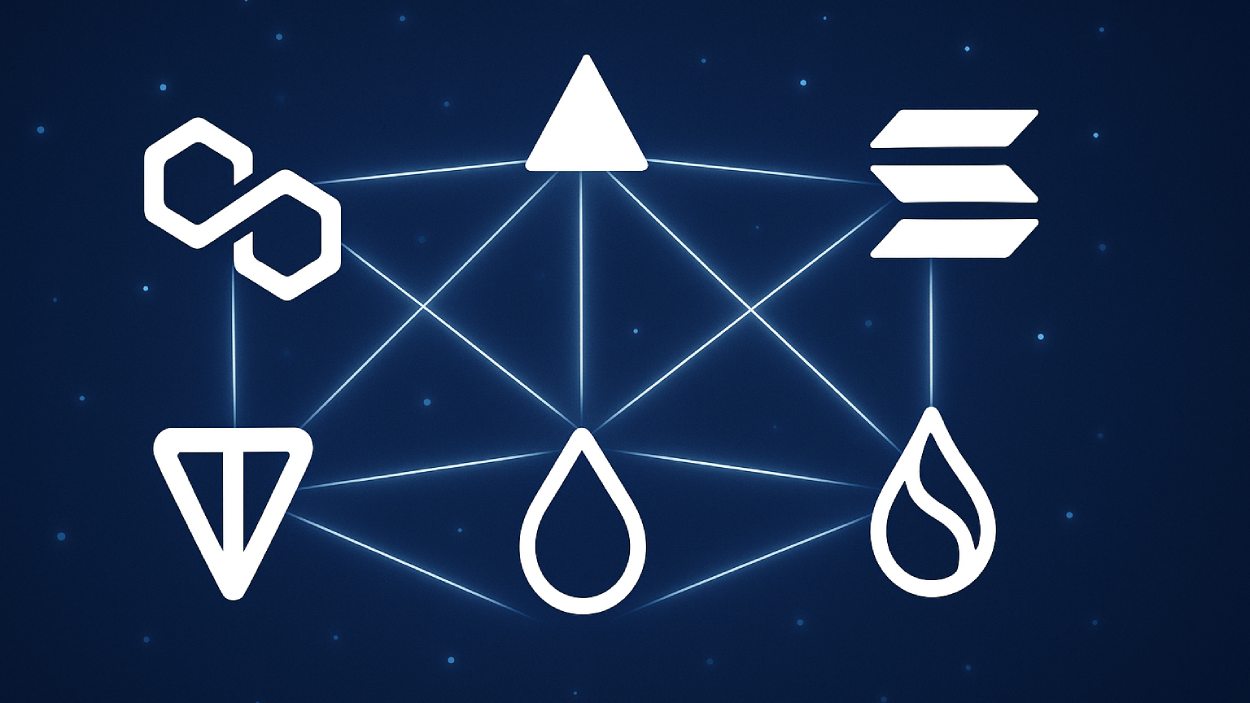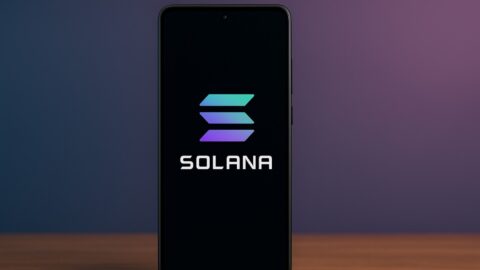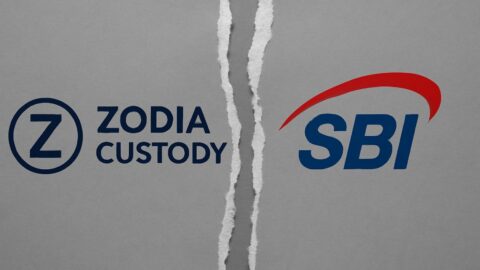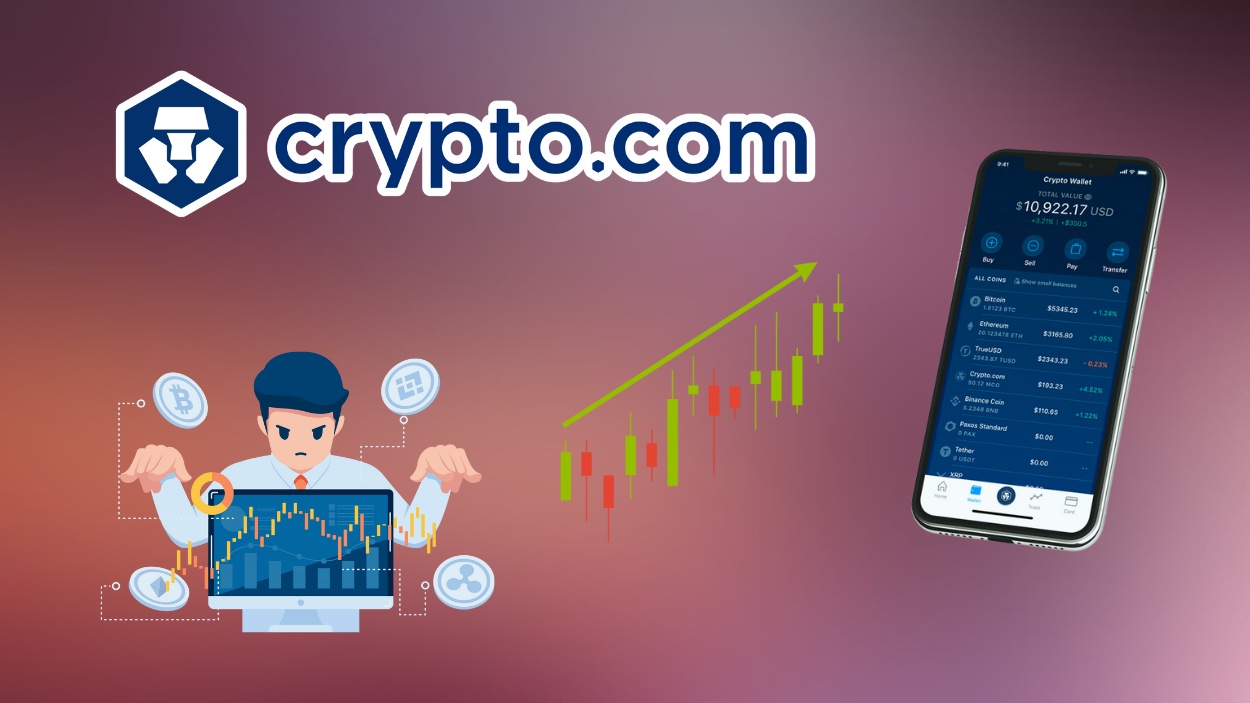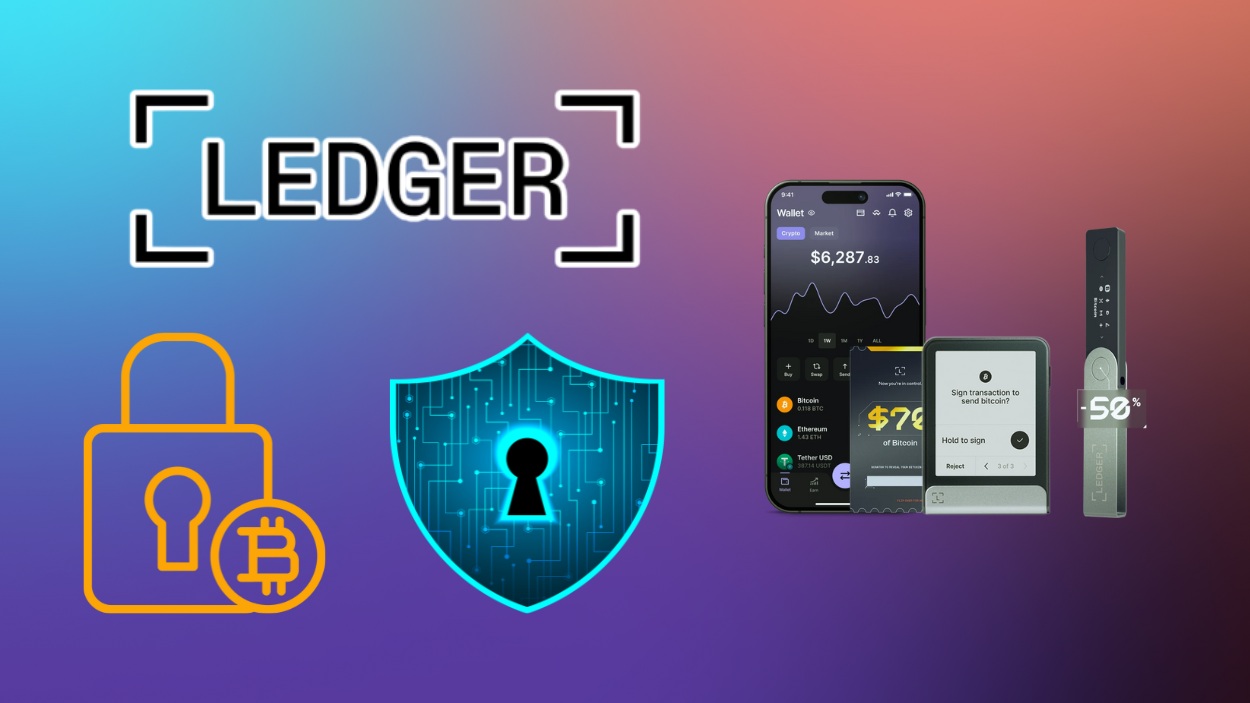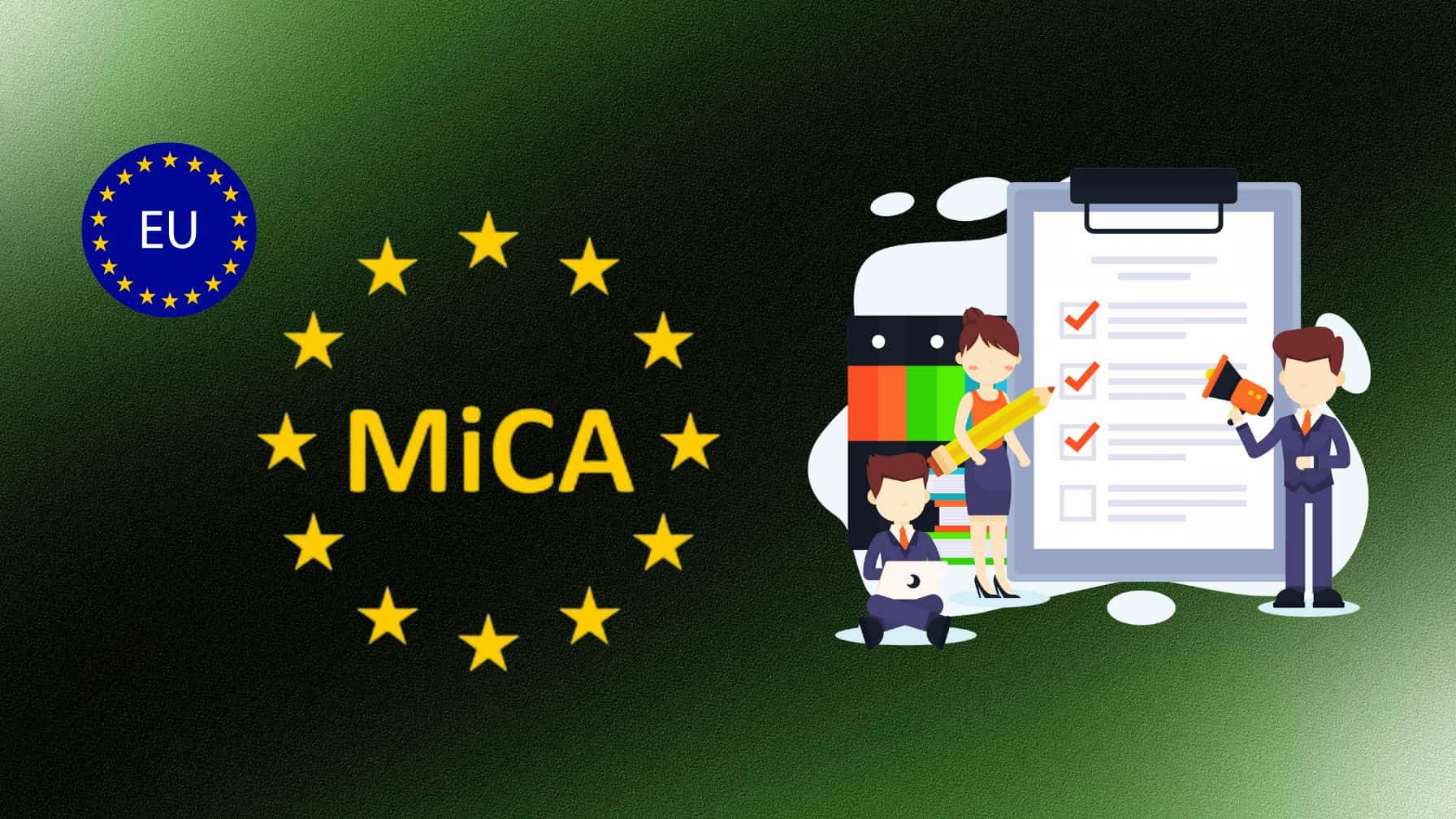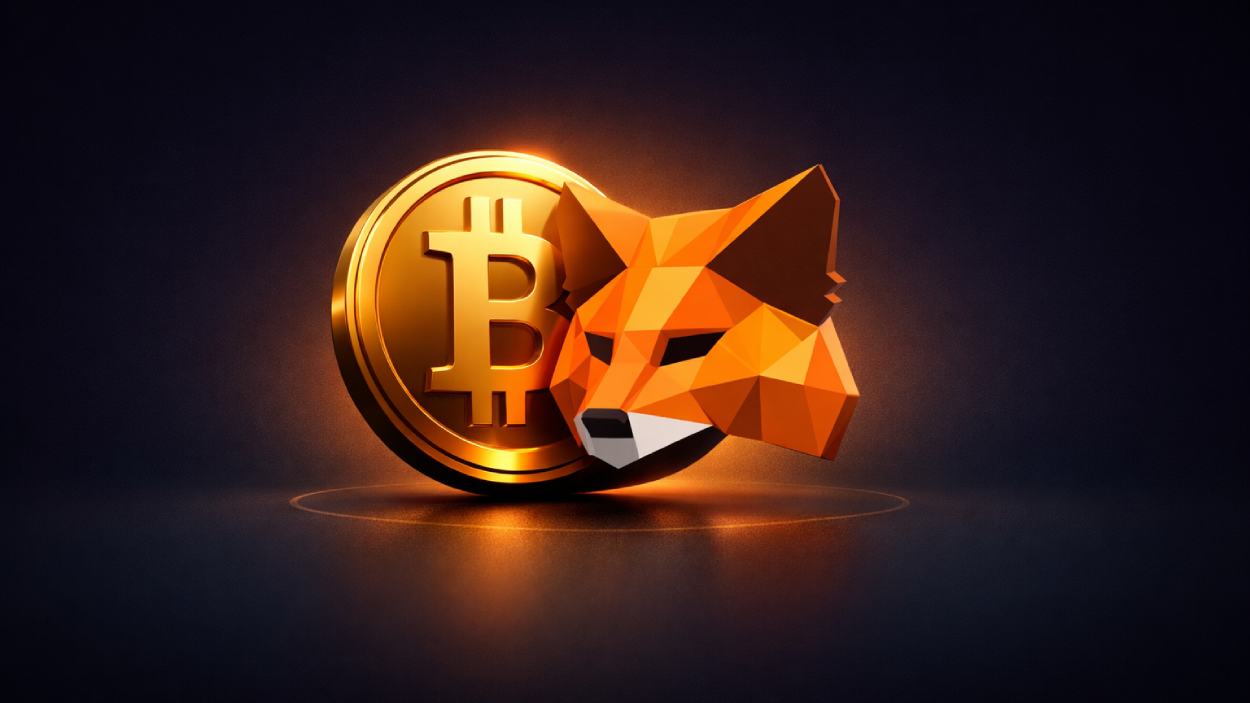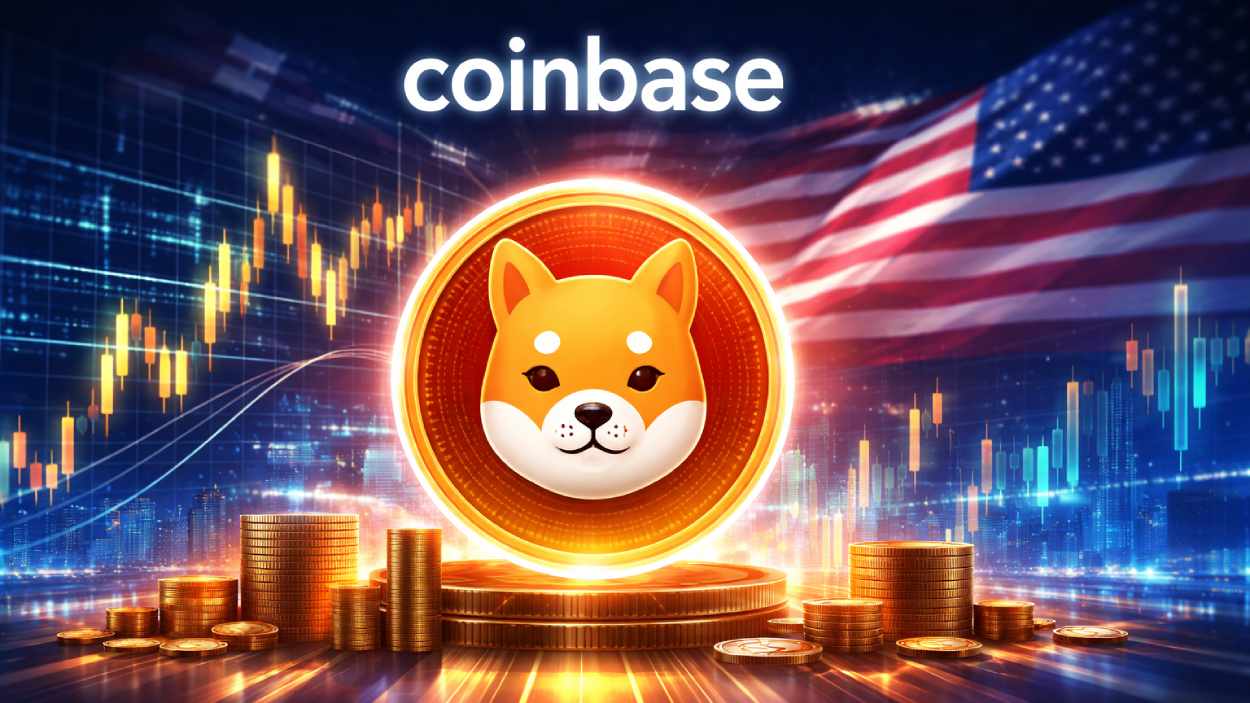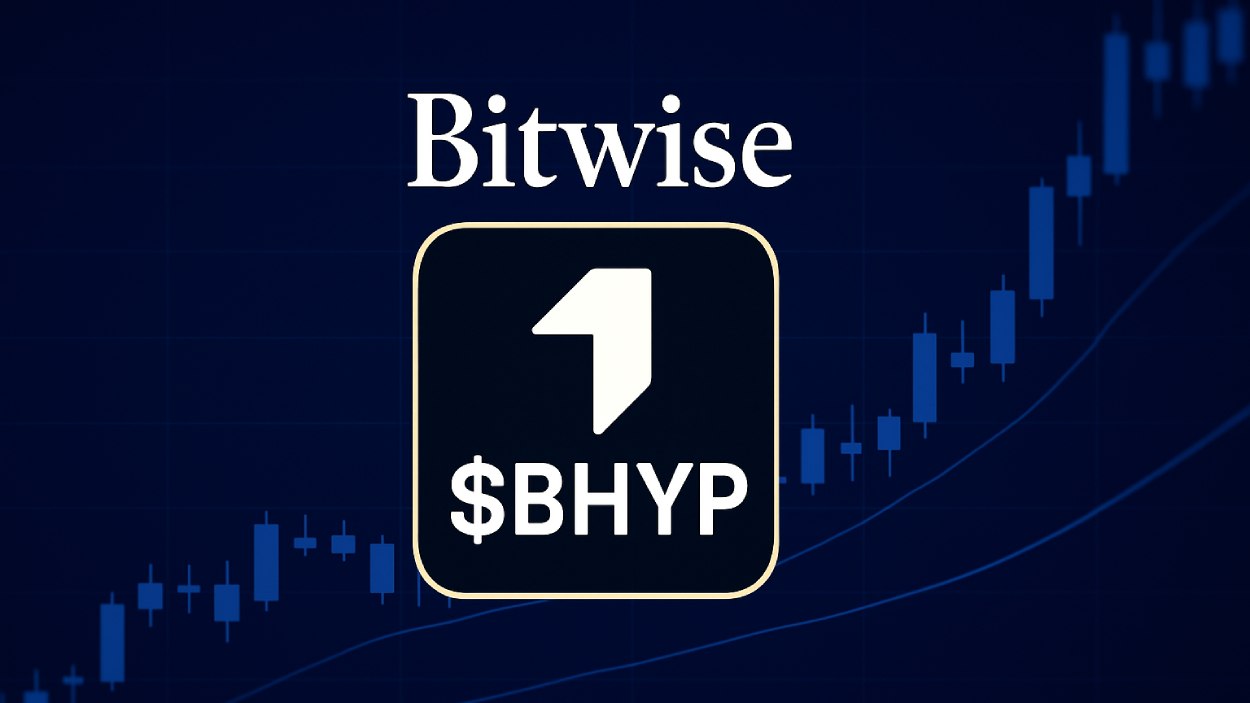Seven major blockchain organizations including Solana, Polygon, and Fireblocks have teamed up to create a unified payments framework for cross-chain stablecoin transactions.
Key Takeaways
- The Blockchain Payments Consortium (BPC) has been formed by Solana, Polygon, TON, Sui, Monad, Stellar, Mysten Labs, and Fireblocks.
- The group represents over $10 trillion in annual stablecoin transaction volume, surpassing Visa and Mastercard combined.
- Their goal is to build a common framework for technical standards and regulatory compliance across blockchain networks.
- The initiative aims to make digital payments as seamless and trusted as traditional financial systems.
What Happened?
A group of competing blockchain foundations and infrastructure providers have joined forces to tackle one of crypto’s biggest roadblocks: interoperability. The newly formed Blockchain Payments Consortium (BPC) wants to replace the chaotic patchwork of blockchain payment systems with a streamlined, secure, and regulator-friendly framework that enables stablecoin transfers across networks.
Introducing the Blockchain Payments Consortium (BPC).
— Blockchain Payments Consortium (@bpconsortium) November 6, 2025
A new alliance uniting @ton_blockchain, @0xPolygon, @solana, @SuiNetwork, @StellarOrg , @Mysten_Labs, @monad, and @FireblocksHQ to accelerate the future of blockchain payments.
Together, we’re defining the standards that… pic.twitter.com/mSr7EJEf4P
Blockchain Leaders Unite Behind a Common Goal
In a rare show of unity, Solana, Polygon Labs, Mysten Labs, the Monad Foundation, the TON Foundation, and the Stellar Development Foundation, along with Fireblocks, launched the BPC with a bold mission: to standardize digital asset transactions across blockchains.
These organizations account for more than $10 trillion in annual stablecoin transaction volume, highlighting the scale and influence behind this new initiative. Despite the massive growth of blockchain payments, reaching nearly $20 trillion in on-chain volume in 2024, current systems remain fragmented due to inconsistent technical protocols and compliance standards.
The BPC is setting out to change that.
Solving Blockchain’s Friction Problem
Blockchain networks have achieved significant success in transaction volume, but payments remain stuck in isolated ecosystems. The BPC aims to tackle this issue by creating shared standards for:
- Cross-chain technical protocols.
- Compliance requirements across jurisdictions.
- Settlement mechanisms for secure and predictable transactions.
According to the BPC’s manifesto, the alliance will act as a bridge between blockchain ecosystems, regulators, and traditional financial institutions, enabling blockchain payments to operate on a global scale with speed and trust.
Industry Voices on the Need for Interoperability
Executives from the consortium’s founding members have voiced strong support for a standardized payment model.
Ran Goldi, SVP of Payments at Fireblocks, highlighted the importance of collaboration as crypto enters mainstream finance. He said:
Jamal Raees, head of payments at Polygon Labs, called payments:
Lola Oyelayo-Pearson, director at Mysten Labs, noted that high-friction interactions between fiat and crypto have been a major barrier for adoption, adding:
Raj Parekh from Monad emphasized the role of regulation in scaling crypto payments:
A Global Framework in the Making
With backing from major players including Solana, Stellar, and TON, the BPC will begin work immediately. The first set of working groups focused on technical standards, compliance, and enterprise integration is scheduled to start in early 2025.
Sheraz Shere, GM of payments at Solana Foundation, summed up the potential impact:
Raja Chakravorti of Stellar noted that:
Nikola Plecas from TON added:
CoinLaw’s Takeaway
In my experience, the crypto industry talks a lot about interoperability, but real progress often stalls when it comes to working across rival ecosystems. This announcement feels different. Getting major players like Solana, Polygon, and Fireblocks to sit at the same table signals that the space is maturing. If this consortium delivers on even half of its goals, we could finally see blockchain payments break out of their silos and become truly global. I found the focus on compliance especially encouraging because it shows they’re building not just for innovation but for real-world adoption.
Hover or focus to see the definition of the term.

